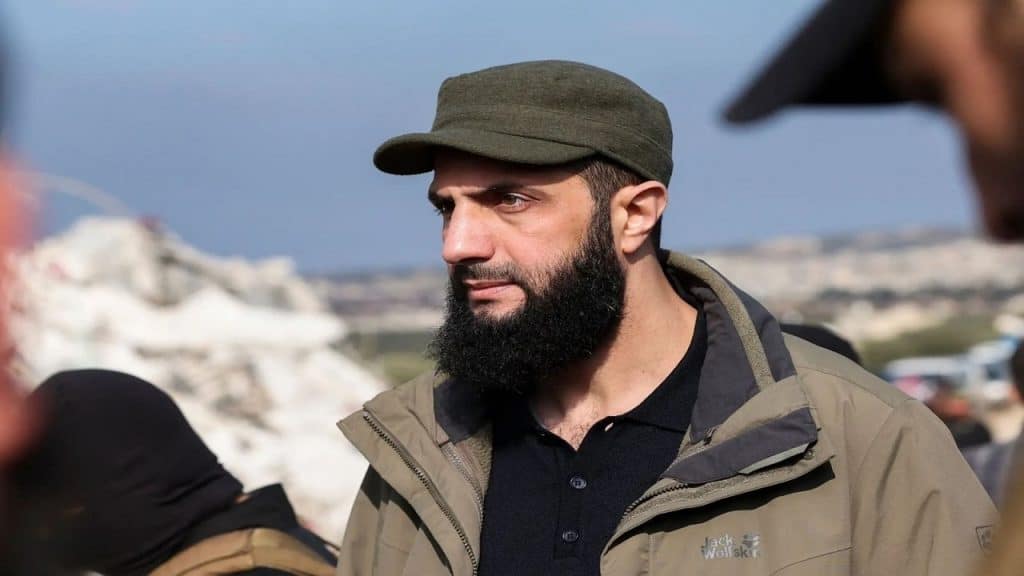Terrorism: A Dance of Power from Bucca to New York.
In the dark shadows of Camp Bucca, where chains and extremist ideologies intertwined, Ahmed al-Sharaa, also known as Abu Muhammad al-Julani, transformed from an unknown prisoner into the ruler of Damascus and later became a guest on the red carpet in New York.
Camp Bucca: A Lasting Covenant with al-Baghdadi
The world is astounded: a man who was once imprisoned in American facilities on charges related to al-Qaeda is now being welcomed in the heart of New York, dressed in a diplomatic suit. Born in Saudi Arabia, Ahmed al-Sharaa was drawn from university life to the battlefields of jihad in Iraq. He allied with Abu Bakr al-Baghdadi at Camp Bucca, and after his release in 2006, he helped plant the seeds for extremist groups such as ISIS and al-Nusra. In 2019, he founded the Tahrir al-Sham Front with support from Qatar, Turkey, and guidance from Western intelligence. He came to power on 18 Azar 1403, coinciding with the fall of Damascus. This rise to power was not accidental; it was part of a complex plan that stretched from Basra to Washington. The collapse of Syria, once a bulwark of resistance against the Zionist regime, has now opened the door to the regional ambitions of Tel Aviv and its allies. Golani, who until recently had a $10 million bounty on his head, is now planning to address the United Nations General Assembly.
The Chains of Bucca, the Crown of Damascus
Camp Bucca, a prison in southern Iraq that at the height of the U.S. occupation held over 20,000 inmates, was not merely a detention center but a factory for producing extremist leaders. According to documents published by WikiLeaks in 2024, more than 80 percent of ISIS leaders, including al-Baghdadi, met Golani at the camp.

